As flow increases through any vacuum regulator, the vacuum pressure decreases due to friction in the regulator. Because of its unique design, the Equilibar vacuum regulator (EVR) delivers less vacuum loss with increasing flow than do traditional spring-operated regulators.
Detailed performance curves are shown at right for the EVR-3, a 3/8″ vacuum regulator, at setpoints between 5 inHg and 20 inHG. This type of performance can be achieved across the family of Equilibar vacuum regulators which are available in line sizes from 1/4″ to 4″
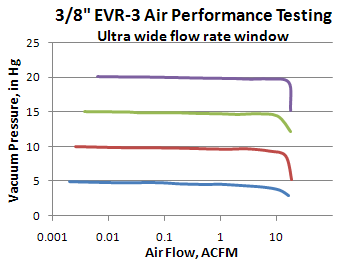
Stability across varying Supply Pressure
Equilibar vacuum regulators are designed with the same patented Equilibar technology as our back pressure regulators (BPR).
Like the Equilibar BPR, the Equilibar EVR holds vacuum pressure stable even with varying supply pressures. Traditional vacuum regulators are often sensitive to vacuum supply pressure, whereas Equilibar vacuum regulators effectively isolate upstream pressure from varying supply.
This chart at right shows the excellent vacuum stability of an EVR-3 as the vacuum pump supply pressure is varied. Examples were taken at three vacuum setpoints and at each one, the Equilibar EVR-3 held the vacuum setpoint very well when the supply pressure was changed. This same performance can be expected across the family of EVR products.
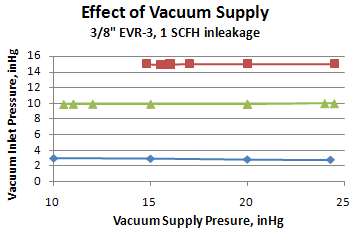
Selecting the right size
The two charts here show projected EVR performance by port size. Chart 1 shows EVR performance in open loop control and chart 2 shows performance in closed loop control. For a given regulator size, as flow increases past a critical point the vacuum pressure decreases due to friction in the regulator. In open loop control the vacuum will decrease sooner than in closed loop control.
To select the optimum size for an application, determine if the vacuum will be controlled in an open loop or closed loop configuration and look at the corresponding graph. Find the smallest regulator that has acceptable vacuum variance in the flow range of the process application.
For example, for flow rates between 5 and 20 standard cubic feet per minute (SCFM), the 3/4″ regulator in open loop control shows about 0.7 inHg drop in vacuum and may be acceptable for some applications. The 1″ regulator in open loop control shows about 0.25 inHg drop in vacuum in that same range. In closed loop control, the 3/4″ regulator shows minimal drop in vacuum pressure in that range, and the ½” regulator shows about 0.25 inHg drop in vacuum. In this example a ½” regulator in closed loop control has similar performance to the 1″ in open loop control.
If flow rate is unknown, select the Equilibar® vacuum regulator to match existing pipe size or contact an application engineer for assistance in choosing the correct size.
Download Brochure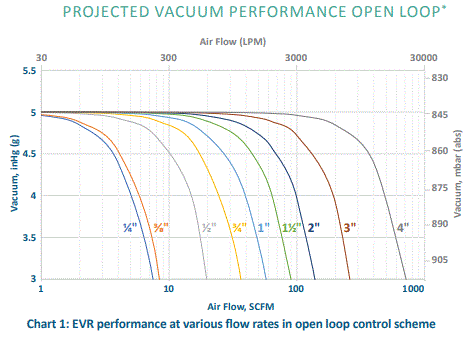
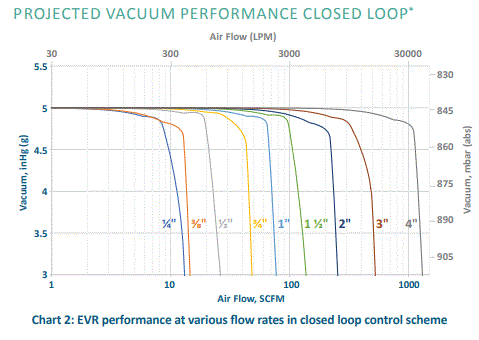
Video of Equilibar Vacuum Regulator Performance
For more details about how the Equilibar vacuum regulator works, watch this video
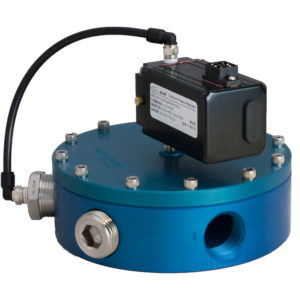
1″ Equilibar EVR in anodized aluminum


